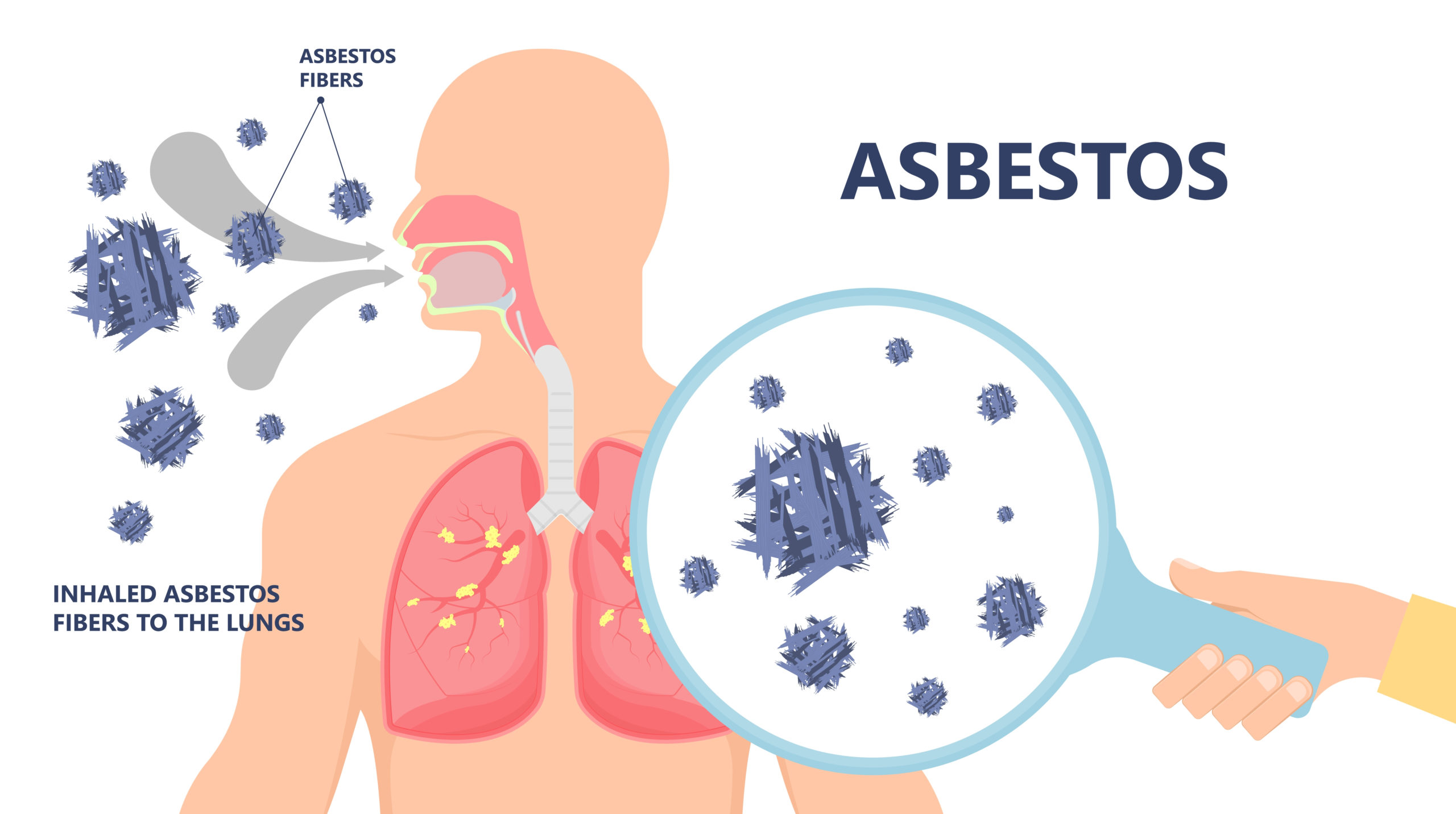
The villain that is asbestos can be difficult to vanquish.
After all, you can never quite tell where it’s lurking within your property and, worse, you likely won’t even think about it until you elect to undergo a home renovation or repair of some kind. And, if you do, how can you be sure that something as small as breathing is safe once the work has begun?
Simple: You bring asbestos air monitoring into the picture.
All About Asbestos Air Monitoring
Asbestos air monitoring is precisely what it sounds like: it is the process of monitoring the total levels of airborne asbestos particles in a given area.
“A carefully designed air monitoring program to detect airborne asbestos fibers in the building may provide useful supplemental information when conducted along with a comprehensive visual and physical ACM inspection and reinspection program,” the Environmental Protection Agency (EPA) explains.
Specifically, there are different kinds of asbestos air monitoring as described by Virginia Tech’s Department of Environmental Health and Safety:
- Background Air Monitoring — Is completed prior to a Class 1 or Class 2 asbestos abatement project.
- Perimeter Air Monitoring — Is completed in instances wherein an asbestos project requires a negative pressure enclosure.
- Employee Exposure Monitoring — Is completed to ensure that on-site workers are not exposed to asbestos beyond the legal limitations for a project.
The Impact and Importance of Air Monitoring
Asbestos air monitoring is integral, according to the Occupational Safety and Health Administration (OSHA), because it is used “to assess the risk and hazard awareness training for operations where there is any potential exposure to asbestos.”
After all, airborne asbestos is too small to be able to discern with the naked eye; thus, monitoring it is essential in order to sustain a safe work environment. What’s more, asbestos is not banned in the United States and can be found in a wide variety of construction and building materials.
Consequently, should workers experience airborne exposure to asbestos fibers, they may develop:
- Mesothelioma
- Lung Cancer
- Asbestosis
- And more
Thus, OSHA requires air monitoring for workers during all asbestos abatement activities, lest they fall victim to the aforementioned.
“The employer shall conduct daily monitoring that is representative of the exposure of each employee who is assigned to work within a regulated area who is performing Class I or II work,” according to OSHA’s Safety and Health Regulations for Construction, Section 1926.1101.
Our Progress Is Your Progress
Here at Luce Air Quality, we have remained proud to offer reliable asbestos inspection services, wherein we comprehensively detect, locate, and measure existing asbestos-containing materials (ACM) within your space.
Now, however, we are offering a new asbestos service as of May: asbestos air monitoring!
Currently, our own Dave Luce is completing his National Institute for Occupational Safety and Health (NIOSH) 582 certification, thereby allowing him to perform expert asbestos air monitoring for residential and commercial customers alike.
So, are you ready to maintain the healthiest indoor environment possible? Then reach out to Luce Air Quality today! As your local indoor environmental specialists, we look forward to helping you breathe a healthy sigh of relief.
Call us today at 904-803-1014 to get started.


